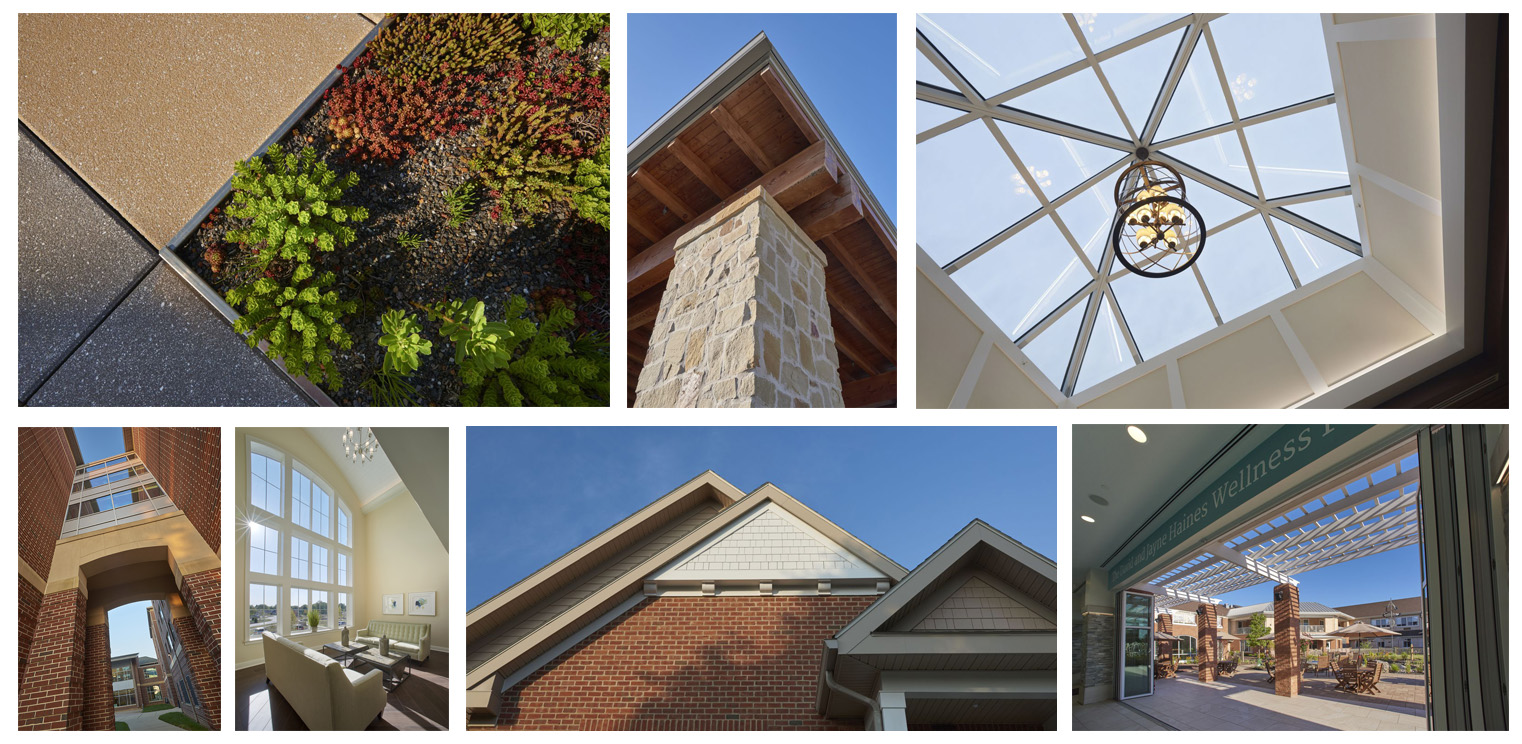Posts
The Devil is in the Details: Designing a Building Envelope to Stand the Test of Time
January 18, 2021
I’m one of the drafters at RLPS. We’re the people who document all of the details of constructing a building – how all of the individual pieces go together. Yes, we use state-of-the-art 3D modeling software to design each building, but we still “draw” a lot of the details individually – the digital equivalent of putting pencil to paper.
What is the building envelope?
One aspect of building design that we spend a lot of time detailing is the building “envelope”, the outer layers of the building that keep the elements out and keep the interior comfortable. The envelope performs those duties by managing and controlling heat transfer, rain and snow, water vapor and air movement.
Passive House: Exploring the Potential for Net Zero and Energy Positive Buildings
March 13, 2020 Andy Allwine, AIA, recently attended the 14th annual North America Passive House Conference, sponsored by Passive House Institute US. The conference, titled “The Profitable Blueprint for ZERO,” included pre-conference education sessions, keynote talks and two days of education sessions all centered on passive building techniques, detailing and marketing, building science, carbon neutrality and safe building materials. We asked Andy about some of his take-aways from this conference.
Andy Allwine, AIA, recently attended the 14th annual North America Passive House Conference, sponsored by Passive House Institute US. The conference, titled “The Profitable Blueprint for ZERO,” included pre-conference education sessions, keynote talks and two days of education sessions all centered on passive building techniques, detailing and marketing, building science, carbon neutrality and safe building materials. We asked Andy about some of his take-aways from this conference.
What is a Passive House?
A passive house is a building with an airtight, well-ventilated, highly thermally insulated enclosure that reduces the external loads on the building and allows for a smaller, more efficient mechanical system. These factors also happen to make for a more durable building that requires less maintenance, provides a higher degree of health and comfort for occupants and helps mitigate the effects of climate change through radically reduced energy consumption and global warming potential. Almost any building type, use, size, and climate region can achieve passive house standards, including retrofit conditions. In my option, almost all of our projects would be worthy candidates to apply this standard.
According to the Passive House Institute, the term passive house is something of a misnomer as the approach is increasingly being applied to multifamily apartment buildings and large scale commercial buildings as well. As a result, the term passive building is gradually coming into more common usage, as it’s a more accurate term than passive house.